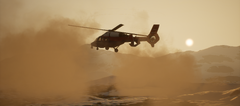- 30 replies
- 9,724 views
- Add Reply
- 24 replies
- 6,438 views
- Add Reply
- 5 replies
- 7,552 views
- Add Reply
- 1 reply
- 2,051 views
- Add Reply
- 9 replies
- 3,471 views
- Add Reply
- 2 replies
- 1,873 views
- Add Reply
DCS World, Overview Video, New Announcements

By SkateZilla,
The List of Modules in Development are the F/A-18C, SU-27SM, F-15C, FW-190, MIG-21, F-86F, L-29, UH-1H, MI-8MTV2, AH-1G, Mi-24, OH-58
http://www.youtube.com/watch?feature=player_detailpage&v=WBGLb98zkFQ
And now you know why the SU-27 and F-15C from FC3 both have 6DoFF Pits.
1C and 777 Studios will work together on new IL-2

By Dagger,


This is from 777 Studio
Official Announcement
Good day pilots!
So, the long wait is over and we're ready to put the rumors to rest.
777 Studios partners with 1C to form 1C Game Studios (1CGS) and develop IL-2 Sturmovik: Battle of Stalingrad
We invite you to our new forum, where you will find additional information about the project and will be able to ask questions and chat with the developers. You can read the full announcement on the official website of the game at http://il2s
HungaroJET 3GO-MW Su-27 Flanker Model for DCS-World Released

By Dave,
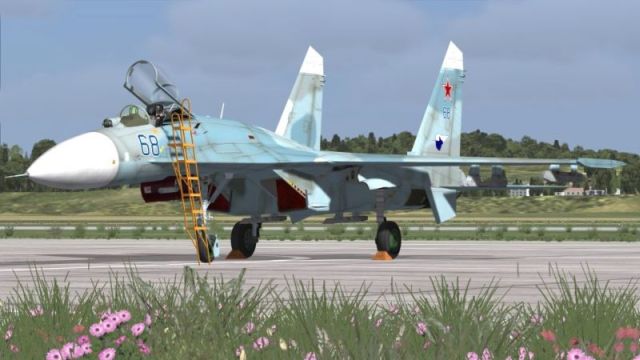

HungaroJET has released his much anticipated Su-27's for DCS World. You can get it by clicking this link below:
http://combatace.com/files/file/13606-3go-mw-su-27-flanker-model-for-dcs-world-fc3/
December Calendars Available

By Fates,
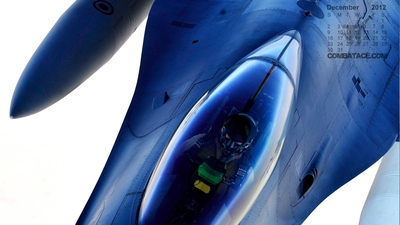

The December Calendars are available
Please head over and enjoy! http://combatace.com...tace-calendars/
Digital Combat Simulations A-10C On Sale

By Dave,
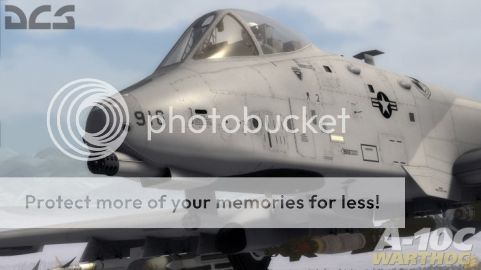

DCS A-10C is on sale at the Steam Store for only $15.99. That is 60% off the normal price of $39.00. The link below has all the details.
http://store.steampo...1_7_suggest__13
November Calendars

By Fates,
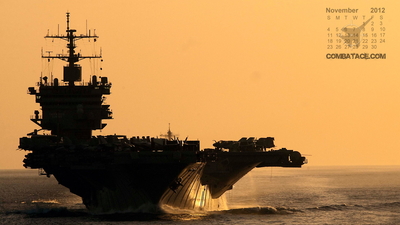

Here's the new batch of November Calendars.
Head over to the gallery and get them here: http://combatace.com...tace-calendars/






